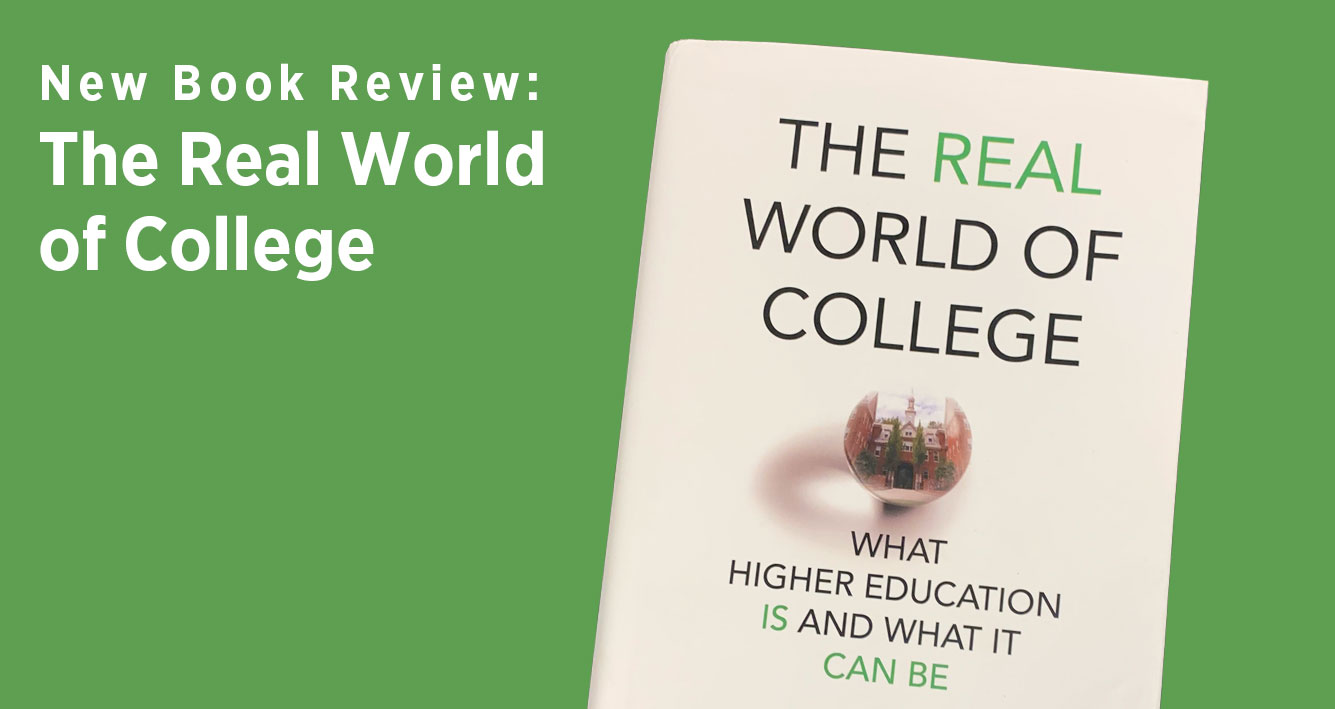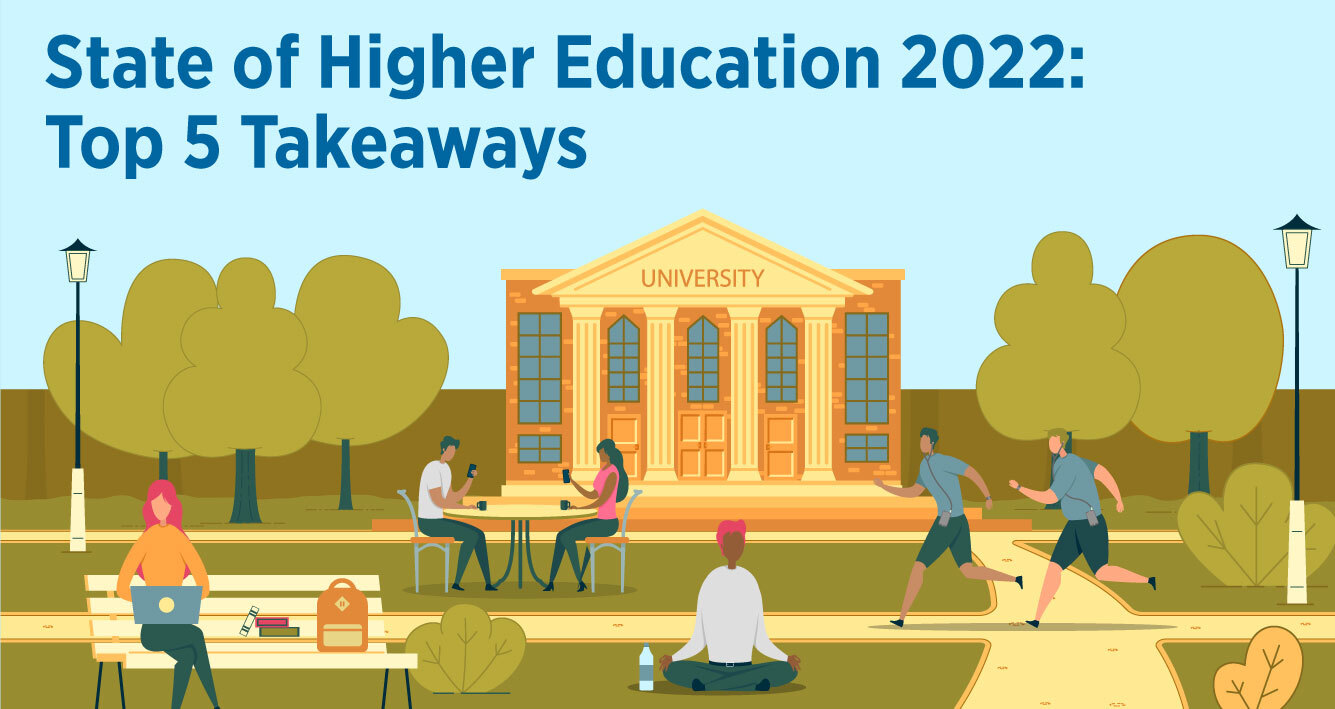This month the American Council on Education (ACE) released the 5th edition of its signature “Mapping Internationalization on U.S. Campuses” report. Some say it’s the most dynamic edition yet as it lays bare both pre-pandemic and COVID-era trends to reveal our collective internationalization priorities during a particularly precarious time.
But let’s be honest, it has been a precarious time here in the US and globally since 2016 at this point. According to one data point, COVID crashed internationalization (our words, not ACE’s).
Consider this: In 2011, the percentage of respondents who said their institutional internationalization was “very high,” “high,” or “moderate” was 56%, rising to 66% in 2016, 64% during 2016-2020, and 40% in 2020-21.
Clearly travel limitations, from the basic human fear to actual travel cut offs, that COVID brought had a clear and significant impact on student mobility (obvious) and institutional responses. Yet, the international community turmoil brought on by the US and other nations’ broad and deep political upheaval since 2016 has changed the landscape in terms of regional student mobility and study option perspectives as well.
Overall, a very steep decline. But not the full story. And the latest IIE data release helps tell that story. But, one report analysis at a time. There are only so many words we can all digest in one sitting. And our 5 key findings below will set you up for some great conversations with your internal colleagues.
50% off ($400 savings) on Intead Plus Complete membership for all registrants attending our Global Marketing Workshop in San Diego. Deadline for this offer is Friday, Nov 18, 2022.
If you are attending the AIRC or ICEF Conferences - here is a huge plus opportunity.
The Intead/San Diego State University One-Day Workshop on December 13th will be a hands-on opportunity to learn from an awe-inspiring international student recruitment faculty.
- A full day of international student recruitment strategy and execution discussion
- Two luminary keynotes
- Luncheon on Social Justice with Dr. Jewell Winn and Dr. Adrienne Fusek
- Dinner on Chinese Student Influencers with Dr. Yingyi Ma and Brad Farnsworth
- At $350 for the day (inclusive of all meals), this learning opportunity is a steal - basically free when you factor in the 1-year Intead Plus membership.
Come with Questions. Leave with a Plan.
As Dr. Maria Claudia Soler, ACE’s senior research analyst, learning and engagement division (research), and lead author of the report, told University World News in a November 8, 2022, article, “While the pandemic impacted internationalization across the board and many internationalization activities were disrupted, we also observed serendipitous outcomes. For instance, institutions used technology to expand virtual international internships, international student recruitment and course-level collaborations in ways that used to be unthinkable some years ago.”
Nodding? You should be. Even without the data, we know this to be true. It was a wild ride and pretty much every surviving institution learned how to adapt, and quickly. Most are better for it. But that’s a different post.
One question we want to see added to the survey and report next time around: the role of the CFO in all of this. How connected to (and aware of) the internationalization priorities are they? Budget approval is key to internationalization efforts. Presidents, Provosts and SIO are all reliant on a CFO’s leadership and insight.
Today we share 5 key findings from the report that really popped for us. And we offer our take. Read on…
Read More

.jpg)
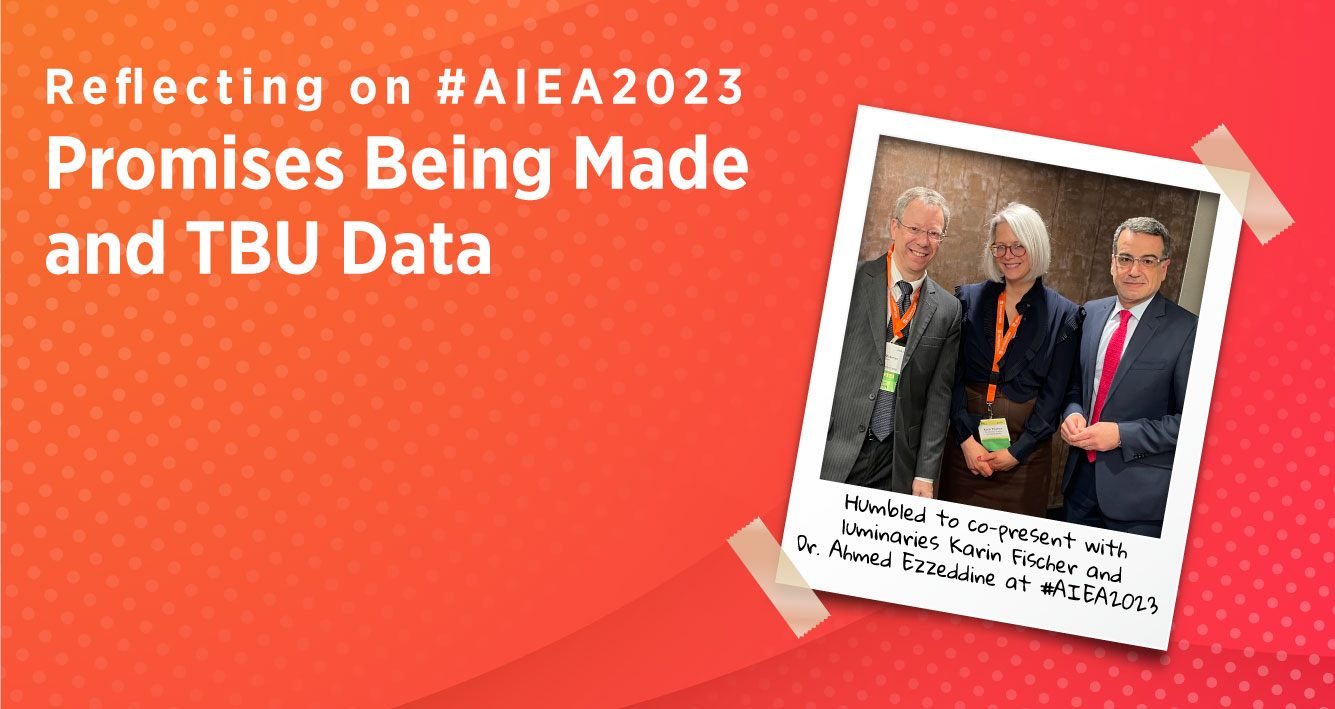
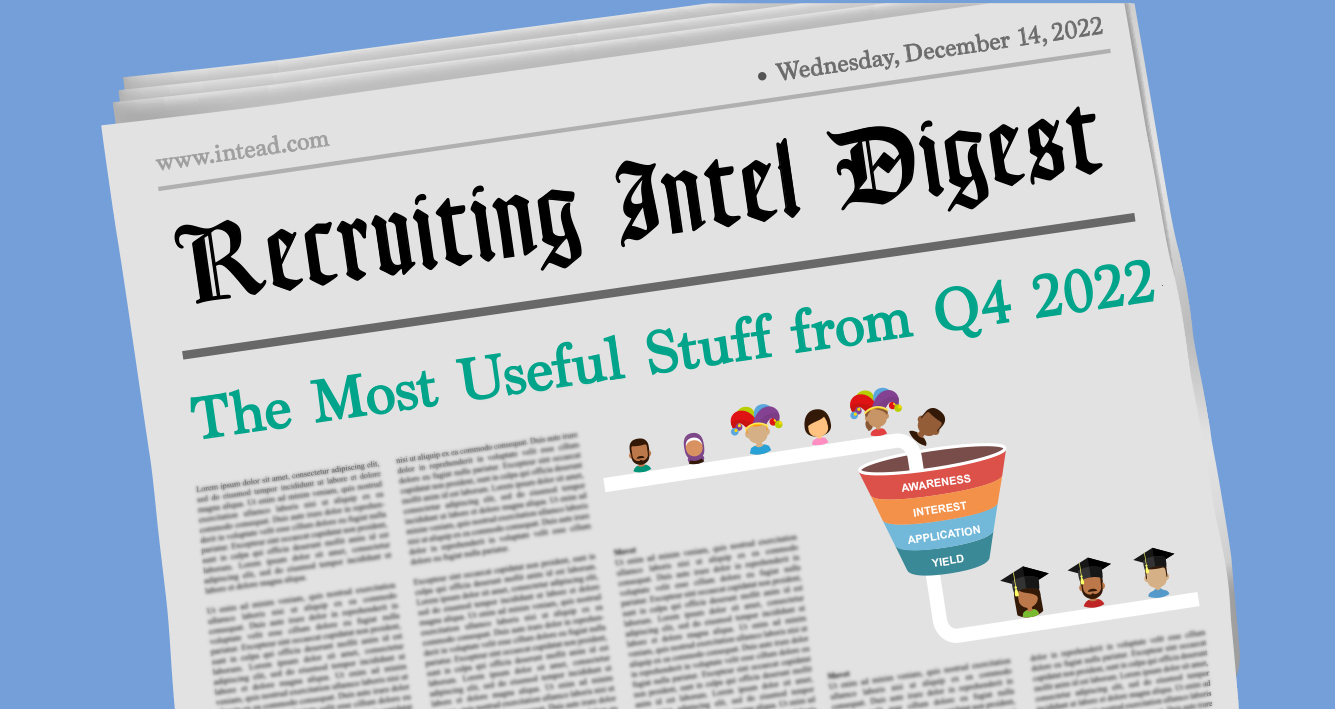
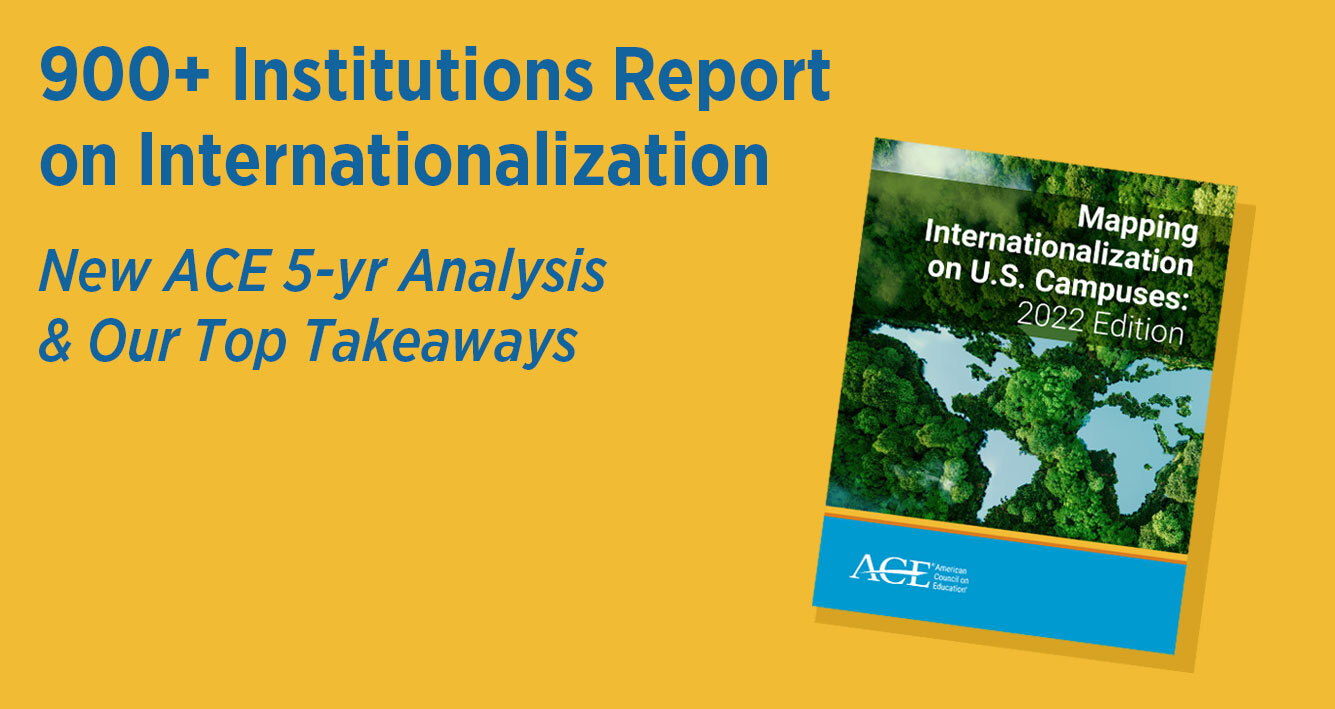

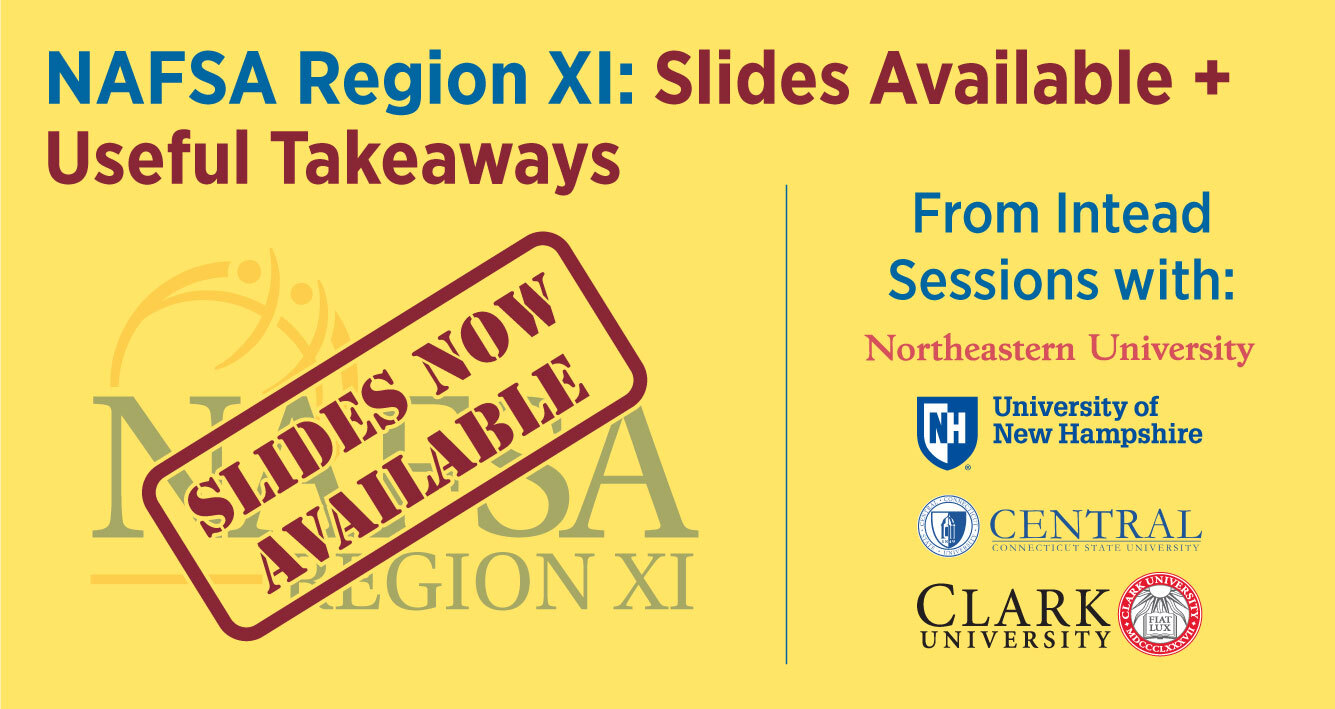
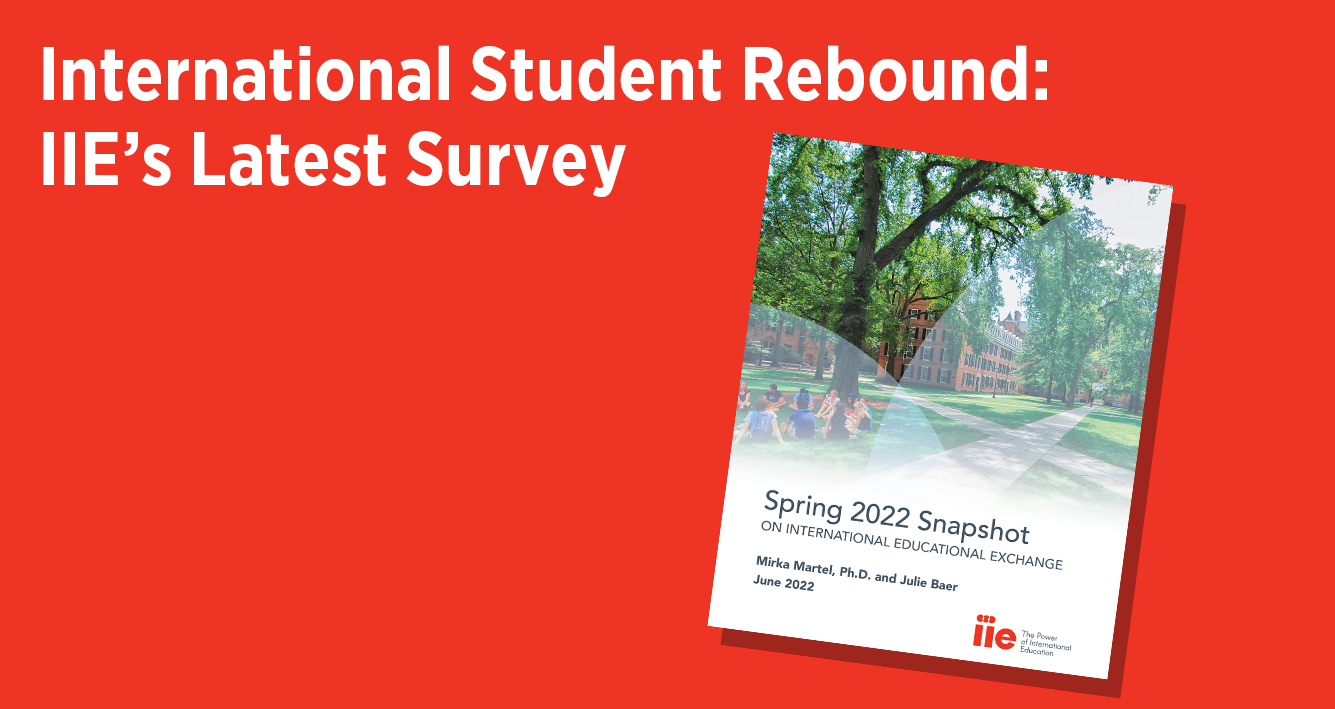
.jpg)
